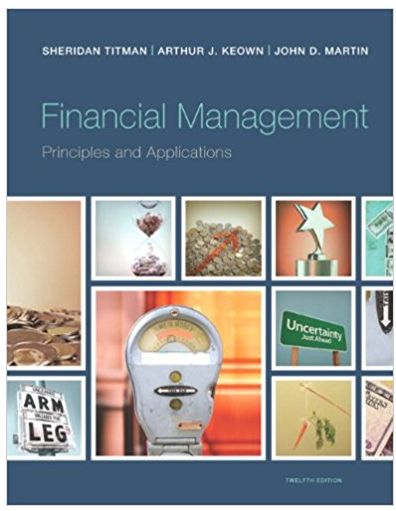Answered step by step
Verified Expert Solution
Question
1 Approved Answer
If $6000 is deposited into an account earning simple interest at an annual interest rate of 3% for 5 years, how much interest was earned?
- If $6000 is deposited into an account earning simple interest at an annual interest rate of 3% for 5 years, how much interest was earned?
A= $ 5600
- For the situation in question #1, how much money is now in the account?
A=5600(1+0.03/5)^15=
- Solve the simple interest formula, I = PRT, for P.
5600 MULTIPLY3% =$168 S0 891.3 MULTIPLY 5 5 YEARS 5 X 168=890$
- If $6000 is deposited into an account earning compound interest at an annual interest rate of 3% for 5 years, and it is compounded quarterly (thus 4 times per year), how much money is in the account at the end of the 5 years?
- For problem #4, how much interest was earned?
- Sara would like to go on a vacation in 5 years and she expects her total costs to be $2500. If she invests $1900 into a savings account for those 5 years at 6.5% interest, compounding semi-annually, will she be able to go on vacation?
- Compare and contrast the simple and compound interest formulas. Which one of the following statements is correct?
- Simple interest and compound interest formulas both yield principal plus interest, so you must subtract the principal to get the amount of interest.
- Simple interest formula yields principal plus interest, so you must subtract the principal to get the amount of interest; Compound interest formula yields only interest, which you must add to the principal to get the final amount.
- Simple interest formula yields only interest, which you must add to the principal to get the final amount; Compound interest formula yields principal plus interest, so you must subtract the principal to get the amount of interest.
- Simple interest and compound interest formulas both yield only interest, which you must add to the principal to get the final amount.
- Compare the interest earned from #1 (where simple interest was used) to #5 (where compound interest was used). The principal, annual interest rate, and time were all the same; the only difference was that for #5, interest was compounded quarterly. Does the difference in interest earned make sense? Select one of the following statements.
- No, because more money should have been earned through simple interest than compound interest.
- Yes, because more money was earned through simple interest. For simple interest you earn interest on interest, not just on the amount of principal.
- No, because more money was earned through simple interest. For simple interest you earn interest on interest, not just on the amount of principal.
- Yes, because more money was earned when compounded quarterly. For compound interest you earn interest on interest, not just on the amount of principal.
- Find the price of a car online that you would like to purchase. (This can be as realistic as possible, a car that you’ve always dreamed of owning, or just a random car that you see online.) How much does it cost?
Use the simple interest formula to determine what your monthly payment would be if you take a loan out to pay for the car. Assume that you do not have a down payment, you are taking the loan out for 5 years, and the annual interest rate is 7%. (You do NOT have to include any tax.)
Some questions to answer to help you solve this problem:
- What is the total amount that you will need to repay?
- How many months will you be paying for the car?
- How much per month will you need to pay?
Step by Step Solution
★★★★★
3.37 Rating (163 Votes )
There are 3 Steps involved in it
Step: 1
9 Cost of car 100000 So P 100000 Interest ...
Get Instant Access to Expert-Tailored Solutions
See step-by-step solutions with expert insights and AI powered tools for academic success
Step: 2

Step: 3

Ace Your Homework with AI
Get the answers you need in no time with our AI-driven, step-by-step assistance
Get Started


